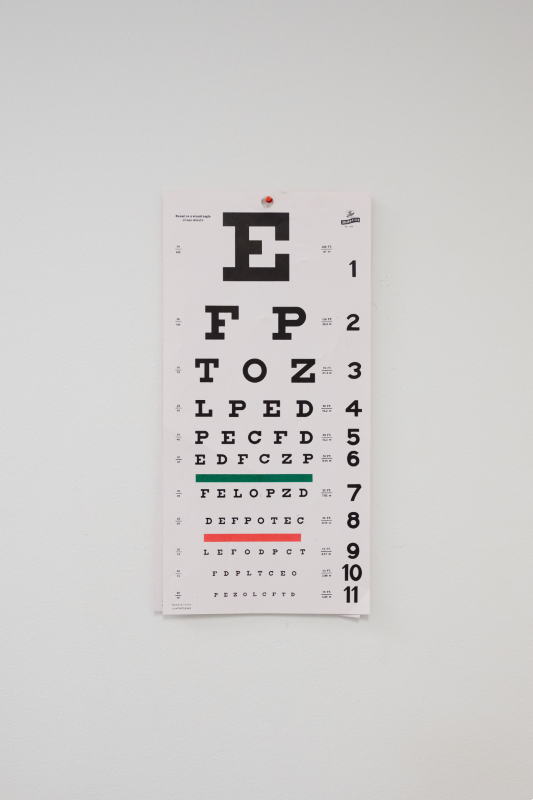
Business incorporation is considered an important developmental milestone by many owners. When a business is successfully incorporated, it’s considered an incorporated entity, and owners are granted limited liability from the debts, obligations, and legal matters of the business. In other words, incorporated entities provide a protective barrier between the business structure—namely an S Corporation, C Corporation, or Limited Liability Company (LLC)—and its owners.
The benefits to incorporation are manifold, but generally come down to this valuable layer of legal insulation. Most kinds of businesses are eligible for incorporation, with the notable exception of “professional” occupations. What exactly constitutes as “professional” varies state-by-state, but usually includes individuals of licensed occupations such as doctors, lawyers, and financial professionals. Importantly, when these kinds of “professional” business owners want to incorporate their business, they must form professional entitles.
The three major categories of professional entities are professional corporations (PCs), professional LLCs (PLLCs), and professional associations (PAs). While PCs and PLLCs are largely similar to their non-professional analogs, PAs are somewhat of an anomaly.
The definition of a professional association wholly depends on your local state regulations. While many states use the PA and PC designations interchangeably, a handful of states define professional associations as a separate professional entity, distinct from both PCs and PLLCs. This context-dependent definition has led to ample confusion surrounding the use and utility of professional associations in the United States.
Professional Associations and Professional Corporations
For the majority of states, the phrase “professional association” is simply another way to reference a professional corporation. Thus, most “professional associations” are, in-fact, merely professional corporations. So what’s a professional corporation?
Professional corporations are akin to regular corporations, with the exception of a key stipulation when it comes to liability protections: while professional corporations will generally protect owners from the legal claims of their business, it won’t protect them if the claim results from their own mistake. This kind of professional negligence is also called malpractice, and while a professional corporation will protect you from the malpractice of your colleagues, it cannot protect you from your own malpractice.
Other than this “limitation” on limited liability however, professional corporations run largely parallel to traditional (non-professional) corporations. PCs have a similar ownership structure as traditional corporations, often times requiring a board of directors and elected officers. Both PCs and traditional corporations have comparable formation documents and are subject to a similar set of state regulations.
From a tax perspective, a professional corporation is treated just like a C Corp; they are both taxpayers under Subchapter C of the federal tax code, meaning that the PC is taxed—per the corporate tax rate—as an entity separate from its owners, and owners are taxed once again on their personal income. Also like C Corps, PCs can avoid this double-taxation by opting for S Corp status. S Corps are pass-through entities, meaning that owners need not pay corporate taxes, and instead can claim business profits/losses on their individual tax returns.
The bottom line: it’s important to know how your state uses the professional association designation. Many states (such as Ohio, Mississippi, and Tennessee) use PA and PC interchangeably. However, in a handful of states, like Texas, a professional association is an entirely separate type of business entity.
Professional Associations as their Own Entity
In states where PAs are treated as separate legal entities, there’s generally a lot of confusion concerning their requirements and utility. For example, in Texas, professional associations are unique structures. Although their legal framework is based in Texas corporate law, they’re not technically “true corporations”, rendering them separate but similar to PCs.
The legal discrepancy is formally outlined in the Texas Business Organizations Code (BOC), where the rationale behind the “PC vs. PA” distinction is rooted in the idea that the doctor-to-patient relationship shouldn’t be practiced through a purely corporate entity. The BOC goes-on to list the types of professionals that can (or must) form PAs in Texas:
- Doctors of medicine
- Doctors of osteopathy
- Doctors of podiatry
- Dentists
- Chiropractors
- Optometrists
- Therapeutic optometrists
- Veterinarians
- Other licensed mental health professionals (including licensed psychologists, psychiatric nurses, and professional therapists)
Further, when these PAs are formed, they’re required to represent their PA-status within their business name (for example, PA business names must have something like “P.A.”, “Professional Association”, or “Associates” contained within the name).
For owners interested in forming a professional entity, the first step is understanding how your state treats professional incorporation. In general, state rules regarding professional entities are incredibly divergent. It’s important in these situations to consult the experts. For states that consider PAs as their own unique entities, the PA is generally regulated as a PC. Nonetheless, it’s not a corporation; not only does this sound confounding and contradictive but leads to uncertainty and confusion for owners.
 January 15, 2020
January 15, 2020

